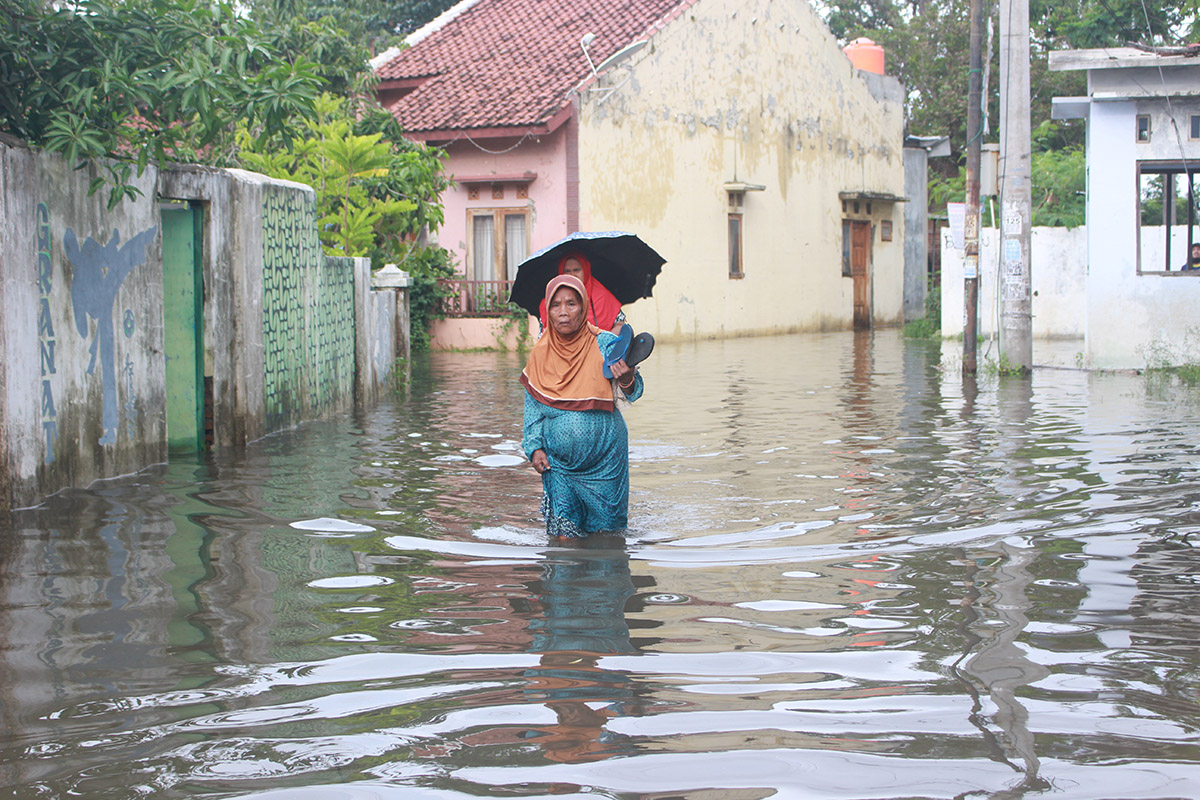"Is it time for a law against electronic violence?"
January 2A disturbing trend in gender based violence is the use of social media in the crime, writes Brian Dan Migowe, 23, a Commonwealth Correspondent from Kenya, who argues for laws to tackle the problem and protect human rights.
Gender based violence, and more particularly gender based violence against women, is on the increase. The UN General Assembly on the 20th of December 1993, in recognizing the urgent need for the universal application to women of rights and principles with regard to equality, security, liberty, integrity and dignity to all human beings, adapted the declaration on elimination of violence against women.
At issue was ‘Any act of violence that results in physical, sexual or psychological harm or suffering to women; including threats of such acts, coercion or arbitrary deprivation of liberty; whether occurring in public or private life.’
Current statistics from the gender violence recovery centre rank gender based violence against women at 90 per cent, inclusive of either physical or sexual violence on the women and girls. However this is not to say that gender based violence is only on the women. Cases of gender based violence against men and boys are said to be relatively low, although this may be because most of the cases go unreported out of fear of ridicule and stigmatization.
Some of the causes of gender based violence have been noted but among others culture has been cited as the leading cause of violence against women. Some men, it seems, still subscribe to out-dated traditions such as battering a woman as a way of discipline. However, much of this behaviour is founded on archaic traditions that ought to have long evolved with the changing times. Financial security has also been said to be a factor. The role of a man has been established as that of a leader and a provider. No doubt this societal creation is subject to debate, and in some cases where a man fails to establish authority in these areas, he ends up resorting to physical violence and abuse. Alcohol and drug abuse have also led many men, unfortunately, into violence against women.
Several institutions such as the Federation of Women Lawyers, Kenya National Human Rights commission, Amnesty international-Kenyan Chapter and USAID have been at the forefront of fighting gender based violence in the country and have come up with programs which are committed to preventing this type of violence by working towards increasing access to justice and integrated support services. They also work at increasing the public awareness about gender based violence.
The government, despite the enactment of the Sexual Offences Act 2006, has paid little attention to ensuring that the perpetrators of these kinds of violence are apprehended and charged with crimes accordingly. The security amendment Bill 2014 can be said to be one of the much-needed laws in ending what is now becoming a dynamic crime. Heavy penalties have been proposed for the gangs that have been disgracing women in public by stripping them. The bill recommends a jail term of up to 20 years for those found guilty of abusing the decency of their victims by subjecting them to humiliation through public stripping.
The bill also proposes an amendment to section 251 of the penal code to impose heavy penalty on offenders, most of whom have been conducting their activities undeterred.
The recent incidents of women being stripped in the streets of Nairobi and cases of girls being molested has given rise to a new dimension and outlook to gender based violence. Electronic violence against women includes sharing videos of women being stripped publicly by rowdy men and the unacceptable whipping of a lady in the rural part of the country on social media and through various internet platforms.
Is it time for Kenya to introduce an electronic violence law? Against women and men? Yes it is.
‘In the first case, electronic violence is when someone uses data or information and communication technology (ICT) to cause mental, emotional or psychological distress to someone else’.
This includes online harassment, cyber-stalking, hacking someone’s online accounts or tracking someone’s electronic devices. This therefore means recognising that the victims of public stripping – apart from being deprived off their human dignity – faced unquantifiable mental, emotional and psychological distress through the videos being shared from the perpetrators’ phones to a social media video sharing platform.
Let us all agree that there are many fronts to this fight, but one common thing is that we all want to end gender based violence. Therefore in the fight punishment should be accorded to those who perpetrate these crimes by causing the actual stripping, and to those who aid the perpetrators by spreading the videos on social media. This law will protect men, women and children from the ‘exploitative and irresponsible use of social media.’
photo credit: Macnolete via photopin cc
………………………………………………………………………………………………………
About me: I am a law student with a passion for writing and youth advocacy. I observe people, nature, the environment and daily life and am enthusiastic about sharing them on pen and paper.
I am an open-minded individual who acknowledges the diversity of the world’s population. Sometimes I am awed by how life plays out, but in writing I make the story as I want it. My hobbies are swimming and indoor games.
…………………………………………………………………………………………………………………
Opinions expressed in this article are those of the author and do not necessarily represent the views of the Commonwealth Youth Programme. Articles are published in a spirit of dialogue, respect and understanding. If you disagree, why not submit a response?
To learn more about becoming a Commonwealth Correspondent please visit: http://www.yourcommonwealth.org/submit-articles/commonwealthcorrespondents/
…………………………………………………………………………………………………………………





